Home>Garden Essentials>How Are Popcorn Seeds Made
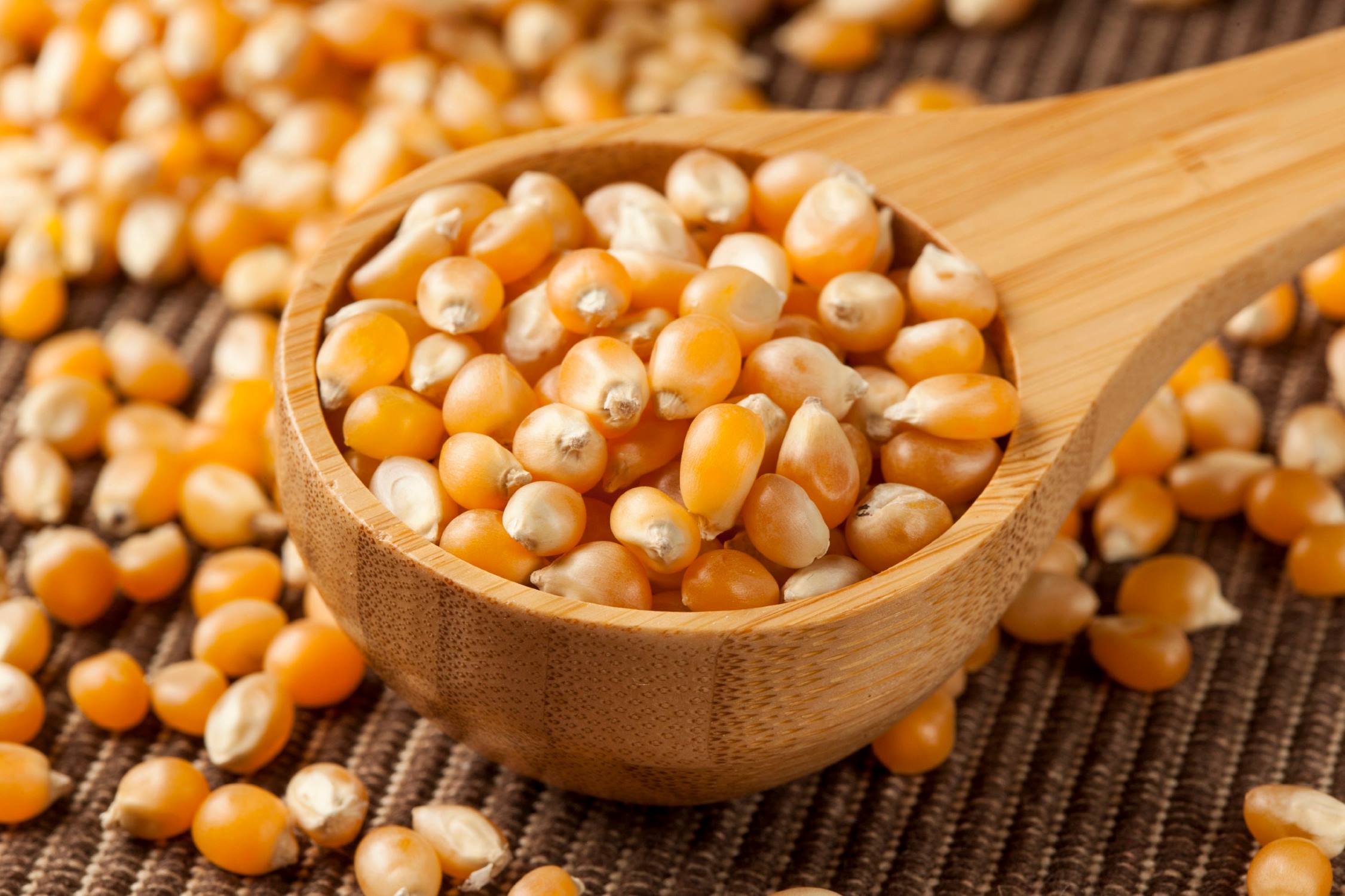

Garden Essentials
How Are Popcorn Seeds Made
Modified: March 16, 2024
Discover how popcorn seeds are made in your garden. Learn the secrets of growing and harvesting these tasty kernels for your own homemade snacks.
(Many of the links in this article redirect to a specific reviewed product. Your purchase of these products through affiliate links helps to generate commission for Storables.com, at no extra cost. Learn more)
Introduction
Welcome to the wonderful world of popcorn seeds! Have you ever wondered how those tiny kernels magically transform into fluffy, delicious popcorn? In this article, we’ll delve into the fascinating journey of popcorn seeds from their anatomy to cultivation, processing, and consumption. So, grab a bowl of your favorite popcorn and get ready to learn all about the fascinating process of popcorn seed production.
Popcorn seeds are a unique type of corn that pops when heated due to the build-up of steam inside the hard shell. They have been a beloved snack for thousands of years and continue to be a favorite treat enjoyed by people of all ages around the world.
But how exactly are popcorn seeds made? To understand that, we need to start by exploring the anatomy of a popcorn seed. Let’s dive in!
Key Takeaways:
- Popcorn seeds have a fascinating journey from tiny kernels to fluffy popcorn, captivating snack lovers for centuries with their satisfying crunch and delightful burst of flavor.
- The popularity of popcorn seeds continues to rise as consumers seek convenient, customizable, and healthier snack options, making them a beloved part of our snacking culture.
Read more: How To Grow Popcorn Seeds
The Anatomy of a Popcorn Seed
Popcorn seeds, also known as kernels, are unique in their structure and composition compared to other corn varieties. Each popcorn seed consists of several different parts that play a crucial role in its transformation into fluffy popcorn.
The outermost layer of the popcorn seed is called the pericarp. It is a hard, impermeable shell that protects the inner contents of the seed. This shell is what gives popcorn its distinct popping sound and shape.
Inside the pericarp, we find the endosperm, the starchy part of the seed that stores the nutrients essential for the popcorn’s growth and development. The endosperm is mostly composed of carbohydrates, including starch, which is responsible for the “popping” action.
At the very core of the popcorn seed is the germ, which contains the genetic material needed for the development of a new popcorn plant. The germ is rich in oils, proteins, and other nutrients that contribute to the flavor and nutritional value of popcorn.
Understanding the anatomy of a popcorn seed is essential because it dictates how it reacts when exposed to heat and moisture, leading to the explosive transformation we all love.
Now that we know the intricacies of a popcorn seed, let’s explore the journey of popcorn seeds from their origin to cultivation.
The Origin of Popcorn Seeds
Popcorn seeds have a rich history that dates back thousands of years. While the exact origin of popcorn is not well-documented, it is believed to have originated in the Americas, specifically in the region that encompasses present-day Mexico and Central America.
The indigenous peoples of these regions, such as the Mayans and the Aztecs, were among the first to cultivate and consume popcorn. They discovered that when heated, the kernels would burst open, creating a crunchy and tasty snack. Popcorn even held cultural and ceremonial significance, often being used in rituals and celebrations.
Archaeologists have uncovered ancient popcorn remnants in Mexican caves that date back over 5,000 years. These findings provide evidence that popcorn was a staple crop in the region long before the arrival of Europeans.
When European explorers encountered popcorn during their expeditions to the New World, they were fascinated by this unique type of corn. They introduced popcorn to Europe and other parts of the world, leading to its widespread popularity and consumption.
Over time, popcorn became synonymous with movie theaters and entertainment. In the early 20th century, popcorn vendors started selling their treats outside theaters, eventually leading to the iconic movie theater popcorn snack that we know today.
Now that we know where popcorn seeds originated, let’s explore how these seeds are cultivated to produce the popcorn we enjoy.
The Cultivation of Popcorn Seeds
The cultivation of popcorn seeds involves a careful process to ensure optimal growth and yield. Popcorn crops require specific conditions and practices to produce high-quality kernels that will pop into fluffy, delicious popcorn.
1. Variety Selection: There are various popcorn seed varieties available, each with its characteristics and popping properties. Farmers select the most suitable varieties based on factors such as climate, soil conditions, and market demand.
2. Soil Preparation: Popcorn seeds thrive in well-drained soil with adequate fertility. Prior to planting, the soil is prepared by removing weeds and tilling to create a loose and aerated bed for the seeds. The addition of organic matter and nutrients can improve soil fertility, enhancing popcorn growth.
3. Planting: Popcorn seeds are typically planted during the spring when the soil temperature reaches a certain threshold. The seeds are sown directly into the soil, either by hand or using specialized machinery. Proper spacing is crucial to allow each plant to receive sufficient nutrients and sunlight.
4. Irrigation: Popcorn crops require consistent moisture throughout their growth stages. Irrigation techniques such as drip irrigation or sprinkler systems are commonly used to ensure that the plants receive adequate water without causing waterlogging or drought stress.
5. Fertilization: Popcorn plants require essential nutrients such as nitrogen, phosphorus, and potassium for healthy growth. Farmers apply fertilizers based on soil test results and crop nutrient requirements, providing the plants with the necessary nutrients to produce robust and high-quality popcorn seeds.
6. Pest and Disease Management: Just like any other crop, popcorn plants are susceptible to pests and diseases. Farmers implement various pest control strategies, such as integrated pest management techniques, to minimize damage and protect the crop. Regular scouting and monitoring help identify potential issues early on.
7. Harvesting: Popcorn plants are harvested when the ears have fully matured and the kernels have reached the desired moisture content. The timing of harvest is crucial to ensure that the kernels have the right balance of moisture for optimal popping. Harvesting can be done manually or by using machines specifically designed for corn.
By following these cultivation practices, farmers can ensure the production of high-quality popcorn seeds that possess the characteristics necessary for a satisfying popping experience. But the journey doesn’t end at harvesting; next comes the processing of these seeds to transform them into the popcorn we know and love.
Harvesting Popcorn Seeds
Harvesting popcorn seeds requires precision and careful timing to ensure that the kernels are mature and at the optimal moisture level for popping. The process involves a series of steps to effectively harvest the popcorn crop and collect the mature seeds.
1. Monitoring Maturity: Farmers closely monitor the progress of the popcorn plants to determine when they are ready for harvest. Popcorn kernels typically take around 100 to 120 days to mature after planting. At this stage, the husks begin to dry out and turn brown, indicating that the kernels are ready for harvest.
2. Testing Moisture Content: Harvesting popcorn seeds at the correct moisture level is crucial for successful popping. Farmers use moisture testers to measure the moisture content of the kernels. The ideal moisture content for popcorn seeds is around 13% to 14%. Harvesting too early can result in kernels that do not pop properly, while harvesting too late can lead to increased breakage or spoilage.
3. Field Harvesting: Once the popcorn crop is mature and the moisture content is optimal, the harvesting process begins. Farmers use specialized equipment, such as corn pickers or combines, designed to efficiently harvest corn crops. These machines remove the ears from the stalks and separate them from the husks.
4. Post-Harvest Processing: After the ears are harvested, they undergo post-harvest processing to remove the kernels from the cob. This can be done through mechanized methods such as using a corn sheller or by hand. The kernels are separated from the cob and collected for further processing.
5. Drying: Proper drying of the harvested popcorn seeds is crucial to ensure their longevity and quality. The kernels are spread out in a well-ventilated area or using specialized drying equipment. The aim is to reduce the moisture content of the kernels to the appropriate level for storage and popping.
6. Cleaning: Once the popcorn seeds are dried, they undergo a cleaning process to remove any impurities or foreign particles. This can be done using vibrating screens, air blowers, and gravity separators to separate the debris from the seeds.
7. Storage: The final step in harvesting popcorn seeds is proper storage. The seeds are stored in clean, dry containers or bags that protect them from moisture, pests, and contaminants. Controlled temperature and humidity conditions may be necessary to maintain the quality of the seeds.
By following these harvesting practices, farmers can ensure the successful collection of mature popcorn seeds that are ready for further processing and distribution. Now, let’s explore the next step in the journey of popcorn seeds – their processing.
Read more: How Long Does Popcorn Take To Germinate
Processing Popcorn Seeds
Once popcorn seeds have been harvested and dried, they undergo a series of processing stages to prepare them for consumption. The processing of popcorn seeds involves cleaning, grading, and packaging to ensure the highest quality and optimal popping experience for consumers.
1. Cleaning: The first step in processing popcorn seeds is cleaning. This involves removing any remaining debris, husks, or foreign matter that may have been collected during the harvesting and drying stages. Cleaning is essential to ensure that only pure popcorn kernels are processed further.
2. Grading: After cleaning, the popcorn seeds are graded based on size, color, and density. This step helps to separate the kernels into different categories, ensuring consistency in the popping process. Large, uniform kernels are often preferred as they tend to produce larger and fluffier popcorn pieces.
3. Inspection: Popcorn seeds also undergo a rigorous inspection process to ensure that only high-quality kernels are selected for packaging. This involves manually checking for any damaged or defective kernels and removing them from the batch.
4. Packaging: Once the popcorn seeds have been cleaned, graded, and inspected, they are packaged for distribution. Packaging is done in a way that preserves the freshness and quality of the kernels. Popcorn seeds are often sealed in airtight containers or bags to protect them from moisture and maintain their popping properties.
5. Labeling and Branding: Packaging also includes labeling and branding, where necessary information about the popcorn seeds, such as nutritional content and cooking instructions, is provided. Branding creates a recognizable identity for the product, allowing consumers to make informed choices and develop preferences for specific popcorn brands.
6. Quality Control: Throughout the processing stage, quality control measures are implemented to ensure that the popcorn seeds meet industry standards and consumer expectations. This includes regularly sampling and testing the popcorn kernels for moisture content, size, and overall quality.
After processing, the popcorn seeds are ready to be distributed and enjoy their magical transformation when exposed to heat. Whether they are used at home or in commercial settings, these processed popcorn seeds are ready to deliver that satisfying pop and the delightful aroma of freshly made popcorn.
Now that we’ve explored the processing of popcorn seeds, let’s delve into the packaging and distribution process.
Popcorn seeds, also known as kernels, are made from a specific type of corn that has a hard outer shell. When heated, the moisture inside the kernel turns to steam, causing the kernel to pop and create the fluffy snack we all love.
Packaging and Distribution of Popcorn Seeds
Once the popcorn seeds have been processed and prepared, they are ready to be packaged and distributed to reach consumers around the world. Packaging and distribution play crucial roles in ensuring that the popcorn seeds remain fresh and easily accessible to popcorn lovers everywhere.
1. Packaging Options: Popcorn seeds are typically packaged in various sizes to cater to different consumer needs. They can be found in small individual serving bags, larger family-sized bags, or even in bulk quantities for commercial use. Packaging materials range from plastic bags to paper containers, ensuring the preservation of the seeds’ quality and freshness.
2. Branding and Labelling: Packaging includes branding and labeling, where the popcorn seed brand and essential information about the product are displayed. This can include the popcorn variety, nutritional content, allergen warnings, and cooking instructions. Clear and informative labels help consumers make informed purchasing decisions.
3. Storage and Transportation: Proper storage and transportation are essential to maintain the quality of the popcorn seeds during distribution. The packaged popcorn seeds are kept in controlled environments with appropriate temperature and humidity to prevent moisture absorption or exposure to excessive heat that could affect their popping properties.
4. Distribution Channels: Popcorn seeds are distributed through various channels to reach consumers worldwide. These channels include supermarkets, grocery stores, online platforms, movie theaters, and specialized popcorn stores. Distribution networks ensure that popcorn seeds are readily available for purchase both in physical retail locations and through e-commerce platforms.
5. International Trade: Popcorn seeds are also traded internationally, allowing different countries to access and enjoy a wide variety of popcorn brands and popcorn flavors. This global trade helps satisfy the increasing demand for popcorn, further expanding its popularity as a snack option.
6. Popcorn Manufacturers: Popcorn manufacturers play a vital role in the packaging and distribution process. They source high-quality popcorn seeds, process them, package them, and distribute them to retailers and consumers. These manufacturers often have their distribution networks or work with distributors to ensure a smooth flow of products.
The packaging and distribution process ensures that popcorn seeds are accessible to popcorn enthusiasts of all kinds—whether they enjoy it at home during movie nights or indulge in cinemas, stadiums, or various other points of sale.
Now that we understand how popcorn seeds reach consumers, let’s explore the different varieties of popcorn seeds available.
Popcorn Seed Varieties
Popcorn seeds come in a variety of types, each with its unique characteristics in terms of flavor, color, texture, and popping ability. These different varieties offer popcorn lovers a diverse range of options to suit their preferences. Let’s explore some popular popcorn seed varieties:
- Butterfly Popcorn: Butterfly popcorn, also known as snowflake popcorn, is the most common and widely recognized popcorn variety. It gets its name from its unique shape, resembling a butterfly wing. It has large, irregularly shaped kernels that pop into fluffy white pieces with a light and delicate texture.
- Mushroom Popcorn: Mushroom popcorn is known for its round, ball-like shape. It pops into dense, round pieces with a chewy texture. The shape and texture make it ideal for coating with various seasonings, chocolates, and caramel for gourmet popcorn treats.
- Ruby Red: Ruby Red popcorn is a visually striking variety with its vibrant red kernels. It pops into small, tender pieces that have a slightly nutty and sweet flavor. It’s a popular choice for adding a pop of color to popcorn mixes and decorations.
- Blue Corn: Blue corn popcorn, made from blue corn kernels, offers a unique twist to traditional popcorn. It has a slightly nuttier taste than yellow or white varieties and pops into smaller, firmer kernels with a beautiful blue color. Blue corn popcorn is often preferred for its distinct flavor and health benefits.
- Purple Hulless: Purple hulless popcorn has a rich, deep purple color that is visually appealing. It has a tender texture and pops into fluffy, hulless kernels. The hulless nature of this variety means there are minimal hulls or shells to get stuck in your teeth, making it a convenient and enjoyable snacking option.
- White Corn: White corn popcorn is a classic choice, known for its mild and neutral flavor. It produces large, fluffy popcorn pieces with a slightly sweet taste. White corn popcorn is versatile and can be enjoyed plain or with various seasonings for a personalized popcorn experience.
These are just a few examples of the diverse popcorn seed varieties available. Popcorn enthusiasts can experiment with different types to discover their favorites and explore the unique flavors and textures each variety has to offer.
Next, let’s explore the factors that contribute to the quality and standards of popcorn seeds.
Popcorn Seed Quality and Standards
Ensuring the quality of popcorn seeds is essential to deliver a consistently satisfying popping experience. Several factors contribute to the quality and standards of popcorn seeds. Let’s take a closer look at them:
1. Purity: Popcorn seeds should be pure and free from any other corn variety or foreign matter. High-quality popcorn seeds undergo thorough cleaning and inspection processes to remove any impurities or debris.
2. Moisture Content: Proper moisture content is essential for optimum popping. Popcorn seeds should be dried to a specific moisture level to ensure consistent and efficient popping. The ideal moisture content for popcorn seeds is typically around 13% to 14%.
3. Size and Uniformity: Popcorn kernels should be of a similar size and shape for consistent popping results. Uniformity in size leads to even heating and popping, resulting in a consistent texture and taste. Large kernels are often preferred for their ability to produce larger and fluffier popcorn pieces.
4. Popping Ability: The ability of popcorn seeds to pop into fluffy, edible popcorn is a crucial quality standard. High-quality popcorn seeds should have a high rate of popping, with minimal unpopped or dud kernels.
5. Taste and Flavor: The flavor profile of popcorn is an important aspect of quality. Popcorn seeds should produce popcorn with a pleasant taste, free from any off-flavors or bitterness. Different varieties may offer distinct flavor profiles, catering to diverse consumer preferences.
6. Shelf Life: Popcorn seeds should have a reasonable shelf life to maintain their popping ability and taste. They should be properly dried, packaged, and stored to prevent moisture absorption, rancidity, or loss of quality over time.
7. Compliance with Regulations: Popcorn seed production and distribution should meet industry and governmental regulations and standards. These may include guidelines for plant sanitation, handling practices, labeling requirements, and adherence to food safety standards.
Popcorn seed quality and standards are often regulated by popcorn associations and organizations that set guidelines and certifications to ensure consistent quality across the industry. These standards help establish trust and confidence among consumers who can rely on the quality of popcorn seeds they purchase.
By adhering to these quality standards, popcorn seed growers, processors, and manufacturers can provide popcorn lovers with a superior popcorn experience, from the popping process to taste and texture.
Now that we understand the quality aspects of popcorn seeds, let’s explore the various uses and consumption methods for these delightful kernels.
Read more: How Are Seed Oils Made
Popcorn Seed Uses and Consumption
Popcorn seeds are incredibly versatile and can be enjoyed in various ways, making them a popular snack for people of all ages. Let’s explore some of the common uses and consumption methods of popcorn seeds:
- Snacking: The most common use of popcorn seeds is for snacking. Whether enjoyed while watching a movie, attending a sporting event, or simply as a tasty treat, popcorn is a go-to snack for many. It is often seasoned with butter, salt, cheese, caramel, or various other flavorings to enhance the taste.
- Popcorn Balls and Treats: Popcorn seeds can be used to create delicious popcorn balls and treats. These are made by combining popped popcorn with sweet syrups or melted marshmallows to create a sticky mixture that can be molded into fun shapes or bite-sized balls.
- Gourmet Popcorn: Popcorn seeds can be transformed into gourmet popcorn by coating them with a wide array of flavors and toppings. From savory options like spicy jalapeno or garlic parmesan to sweet options like caramel or chocolate drizzle, gourmet popcorn offers endless possibilities for flavor experimentation.
- Popcorn Mixes: Popcorn seeds can be mixed with other ingredients to create unique and flavorful popcorn mixes. This may include additions like nuts, pretzels, chocolate, dried fruit, or spices. Popcorn mixes are a great option for parties, gatherings, or simply to add some excitement to your popcorn snacking experience.
- Popcorn Seasonings: Popcorn seeds serve as a canvas for various seasonings to be sprinkled on for added flavor. From classic salt and butter to unique blends like barbecue, cinnamon sugar, or truffle salt, popcorn seasonings offer a customizable option to cater to individual taste preferences.
- Popcorn in Recipes: Popcorn seeds can also be used in various recipes to add a fun and crunchy element. They can be incorporated into trail mixes, granola bars, salads, and even desserts like popcorn clusters or popcorn ice cream.
Whether enjoyed as a simple snack, as part of a gourmet creation, or as an ingredient in recipes, popcorn seeds bring joy and satisfaction to any palate. Their versatility allows for endless possibilities, making them a beloved and versatile snack option.
Now, let’s explore the popularity and demand for popcorn seeds in the market.
Popcorn Seed Popularity and Demand
Popcorn seeds have maintained their popularity as a beloved snack option for centuries, and their demand continues to rise. The unique texture, satisfying crunch, and versatile flavor options have contributed to the enduring appeal of popcorn. Here’s a closer look at the factors driving the popularity and demand for popcorn seeds:
1. Cultural Significance: Popcorn has become deeply ingrained in various cultures around the world. It has long been associated with shared experiences such as movie nights, carnivals, and sporting events. The cultural significance of popcorn has contributed to its widespread popularity and demand.
2. Health Benefits: Popcorn is often perceived as a healthier alternative to other snack options. It is a whole grain, naturally low in fat and calories, and contains dietary fiber. Many popcorn seeds are also gluten-free, making them a suitable option for individuals with dietary restrictions or preferences.
3. Versatility: Popcorn seeds offer endless possibilities for customization and flavor experimentation. With an array of seasonings, coatings, and mix-in options, individuals can personalize their popcorn creations to suit their taste preferences. This versatility appeals to those seeking a snack that can be tailored to their unique desires.
4. Convenience: Popcorn is a convenient snack option that can be enjoyed on the go. Whether in individual bags, microwaveable packages, or pre-made popcorn cups, the convenience factor has contributed to its popularity, especially for busy individuals or families seeking a quick and satisfying snack.
5. Cultural Exchange and Global Market: The globalization of food and the exchange of culinary traditions have played a role in the increased popularity and demand for popcorn seeds. Popcorn has crossed borders and gained popularity in various international markets, introducing new flavors, textures, and styles of popcorn consumption.
6. Marketing and Innovations: Effective marketing campaigns and innovative product developments have also contributed to the popularity and demand for popcorn seeds. Creative flavor combinations, limited-edition releases, and unique packaging designs have helped to create hype and maintain consumer interest in popcorn as a snack option.
7. Entertainment Industry Influence: The association of popcorn with the entertainment industry, particularly movie theaters, has had a significant impact on its popularity. Moviegoers often indulge in popcorn, establishing a strong connection between the snack and the cinematic experience.
The combination of these factors has resulted in a thriving market for popcorn seeds, with increasing demand for a wide range of popcorn varieties, flavors, and packaging options. As consumers continue to seek convenient, flavorful, and healthier snack choices, popcorn seeds are positioned well to meet these demands.
Now that we’ve explored the popularity and demand for popcorn seeds, let’s wrap up our journey through the world of popcorn.
Conclusion
Popcorn seeds are truly remarkable in their transformation from small, hard kernels to fluffy, delicious popcorn. From their fascinating anatomy to their cultivation, harvesting, processing, and consumption, every step on the journey showcases the ingenuity and creativity of nature and humans alike.
These tiny seeds have captivated snack lovers for centuries, providing a satisfying crunch and a delightful burst of flavor. The versatility of popcorn seeds allows for an endless variety of tastes and textures, from classic buttered popcorn to gourmet creations and culinary innovations.
Popcorn seeds have not only become a beloved part of our snacking culture but also hold cultural significance and memories associated with movies, festivals, and shared experiences. The appeal of popcorn extends beyond mere sustenance, evoking feelings of joy, nostalgia, and togetherness.
The popularity and demand for popcorn seeds continue to rise as consumers seek convenient, customizable, and healthier snack options. With an emphasis on quality control, packaging innovations, and diverse flavor offerings, popcorn seed producers and manufacturers are meeting the needs and desires of popcorn enthusiasts around the world.
As we conclude our journey through the world of popcorn seeds, we invite you to continue exploring and savoring this timeless snack. Whether you’re enjoying it while watching a movie, sharing it at a gathering, or indulging in a unique gourmet popcorn creation, let the magic of popping kernels bring a smile to your face and a tasty experience to your palate.
So, grab a bowl of popcorn seeds, pop them to perfection, and savor the moment as the kernels explode into fluffy pieces of delight. Let the journey of the popcorn seed remind us of the wonder and joy that can be found in the simplest of pleasures.
Frequently Asked Questions about How Are Popcorn Seeds Made
Was this page helpful?
At Storables.com, we guarantee accurate and reliable information. Our content, validated by Expert Board Contributors, is crafted following stringent Editorial Policies. We're committed to providing you with well-researched, expert-backed insights for all your informational needs.
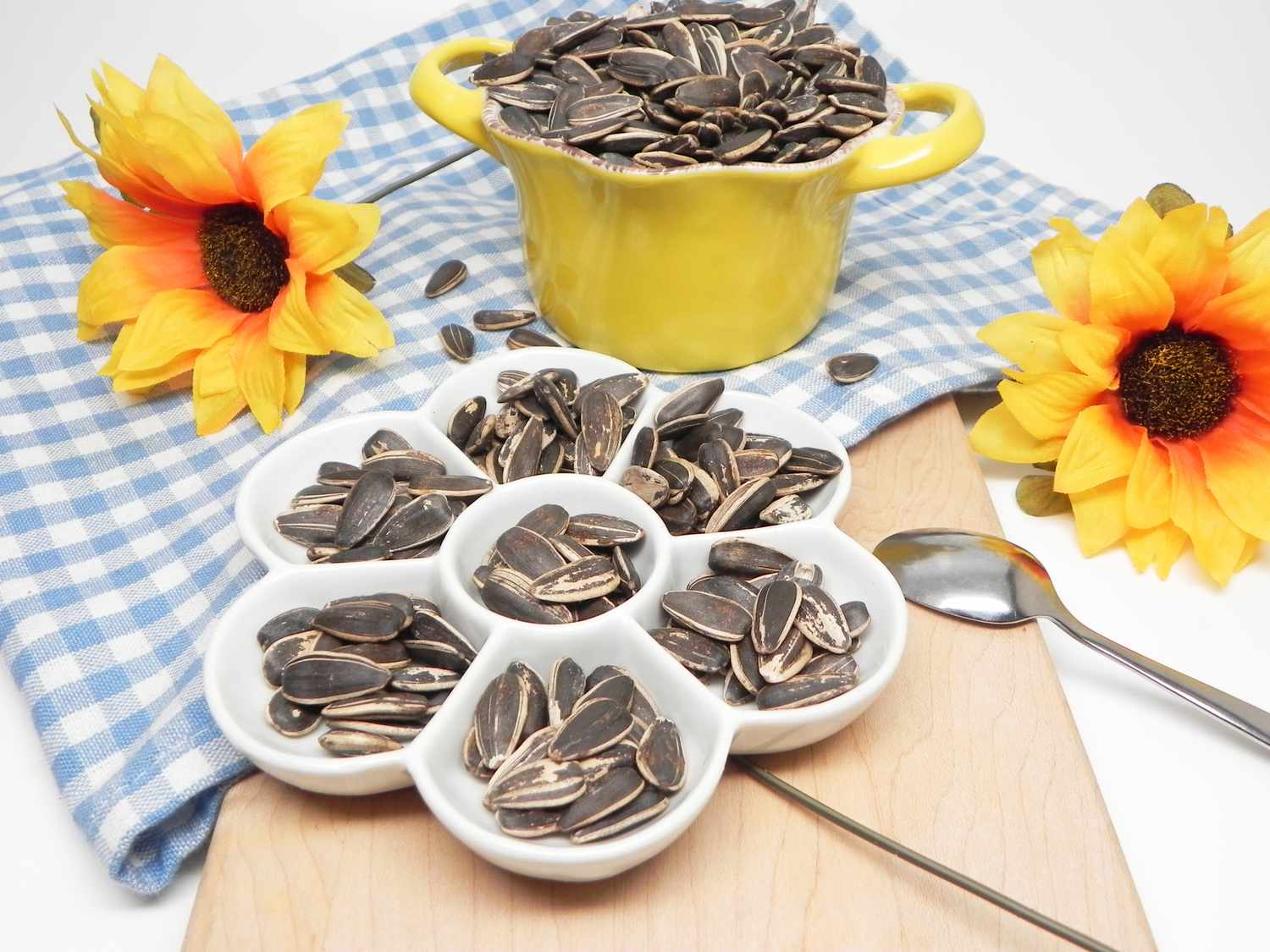
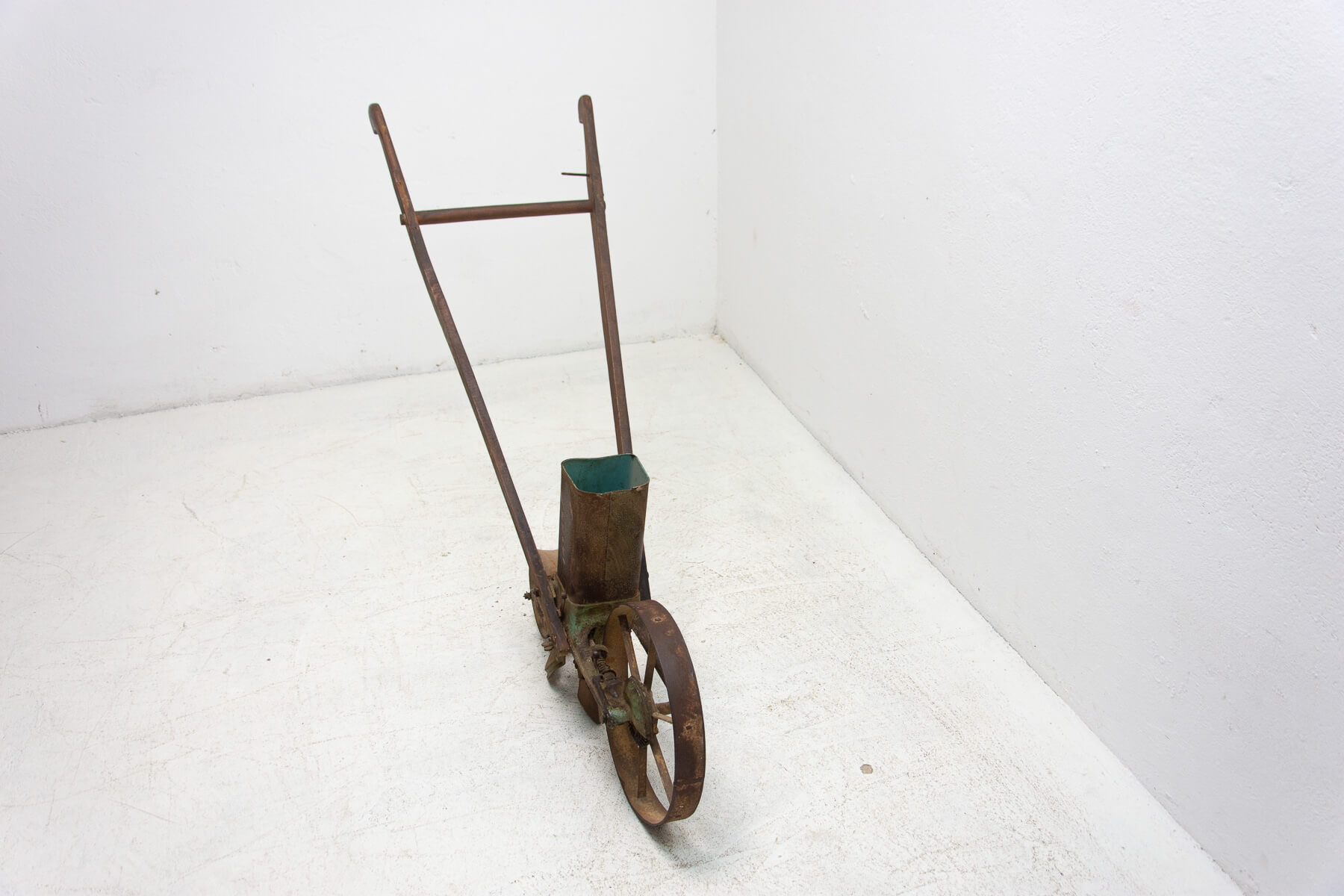
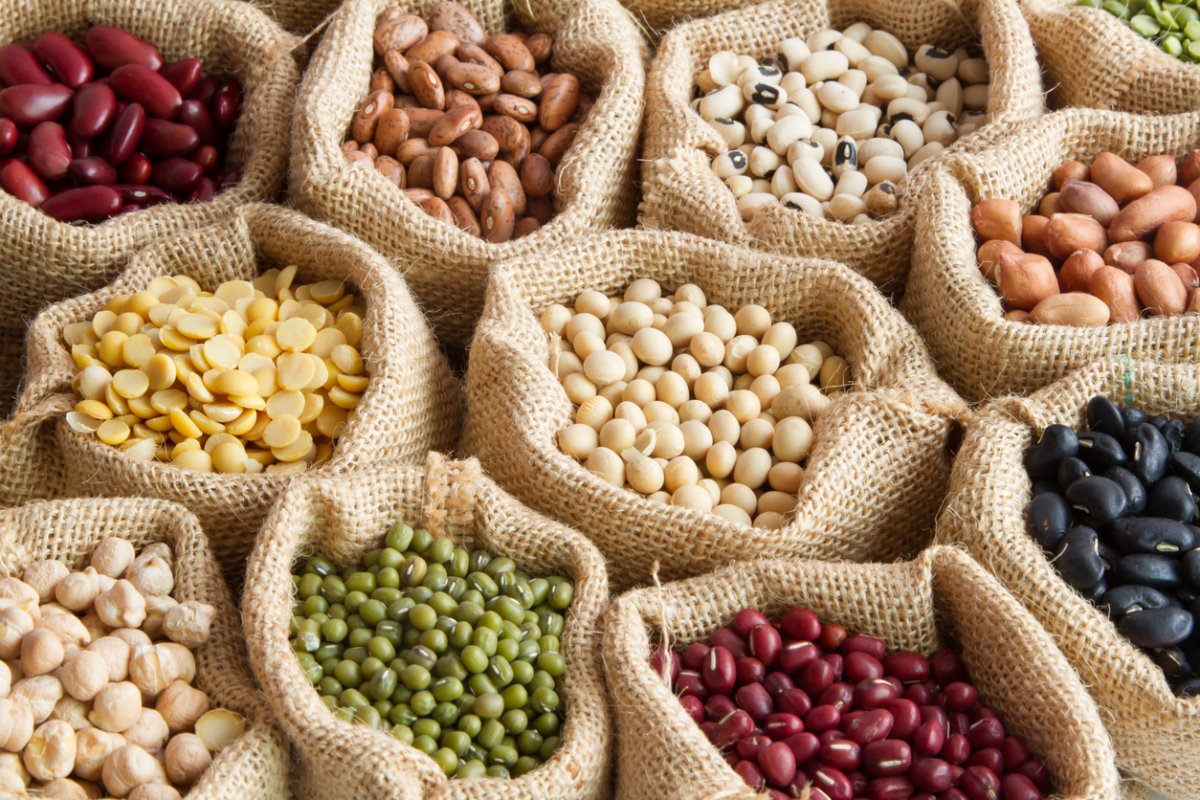
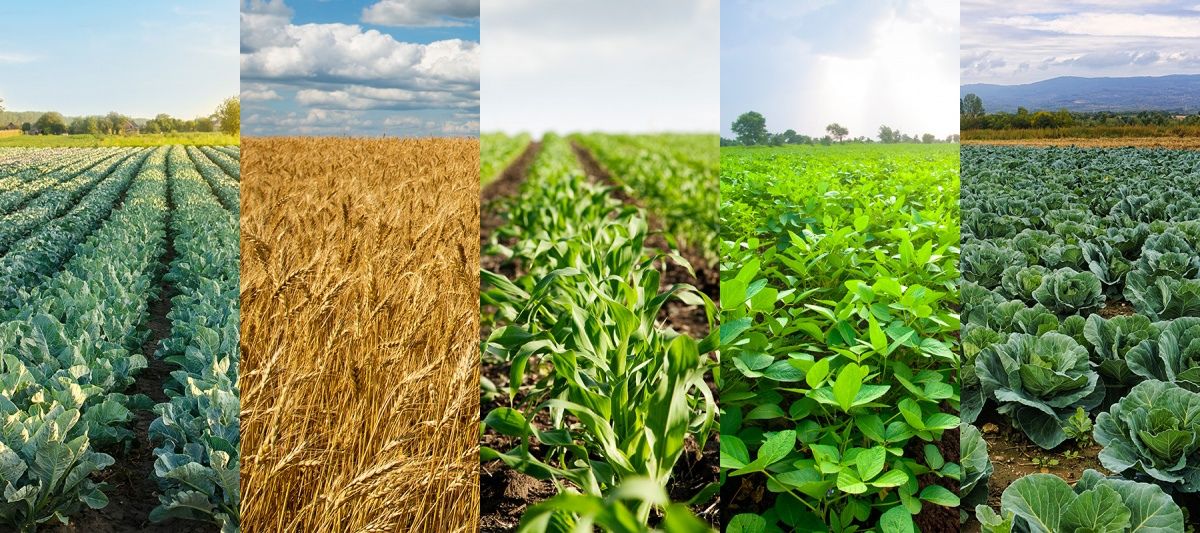
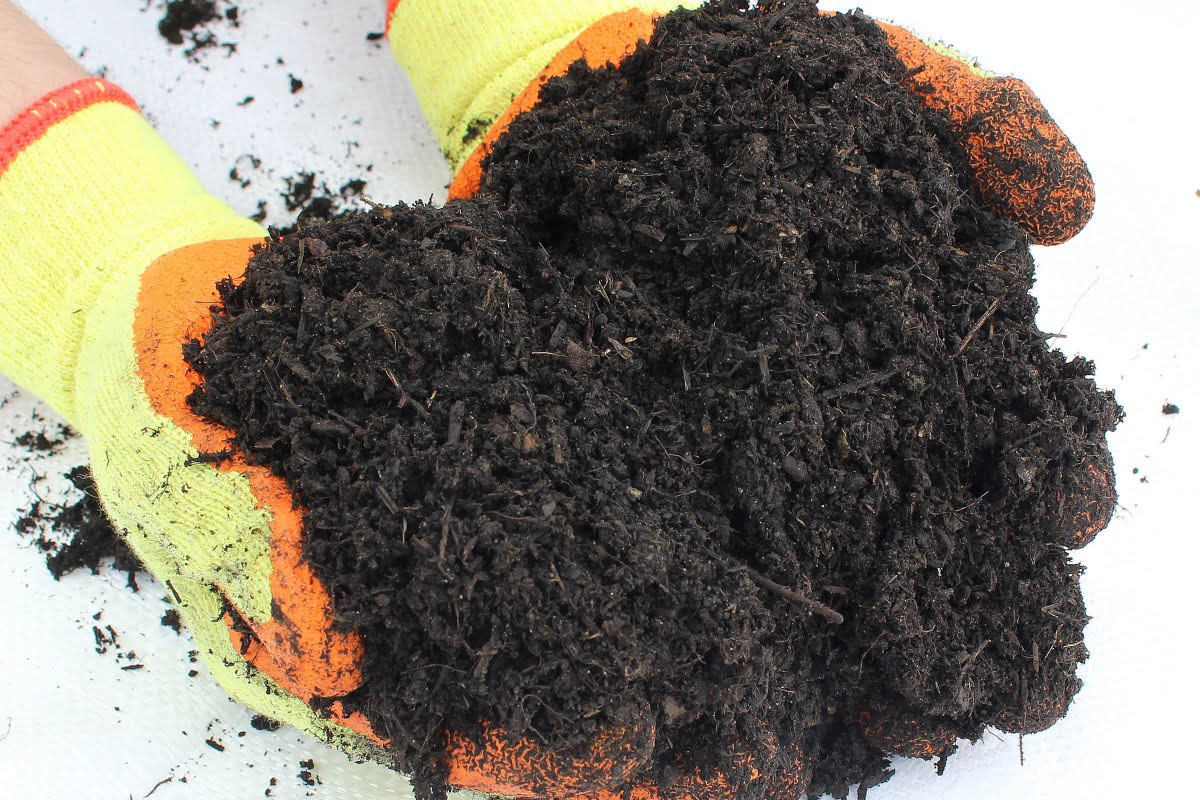
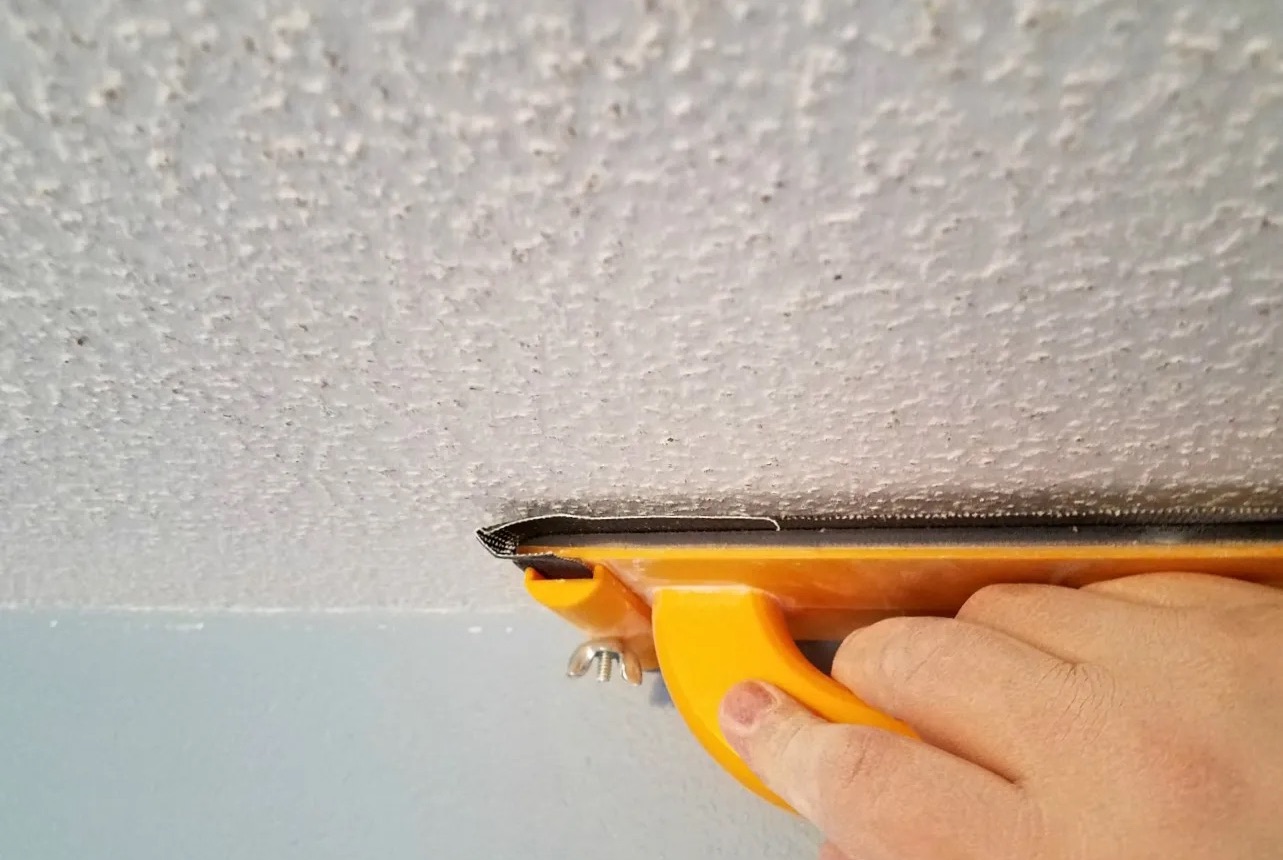
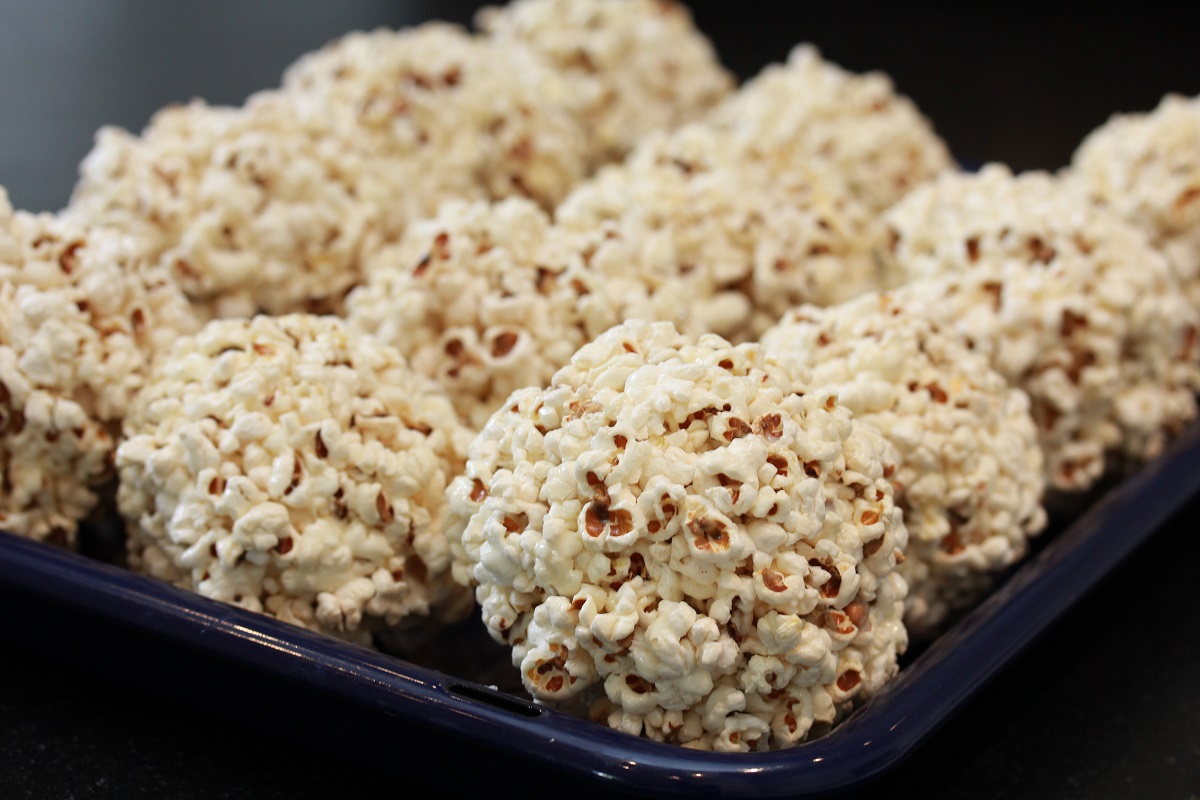
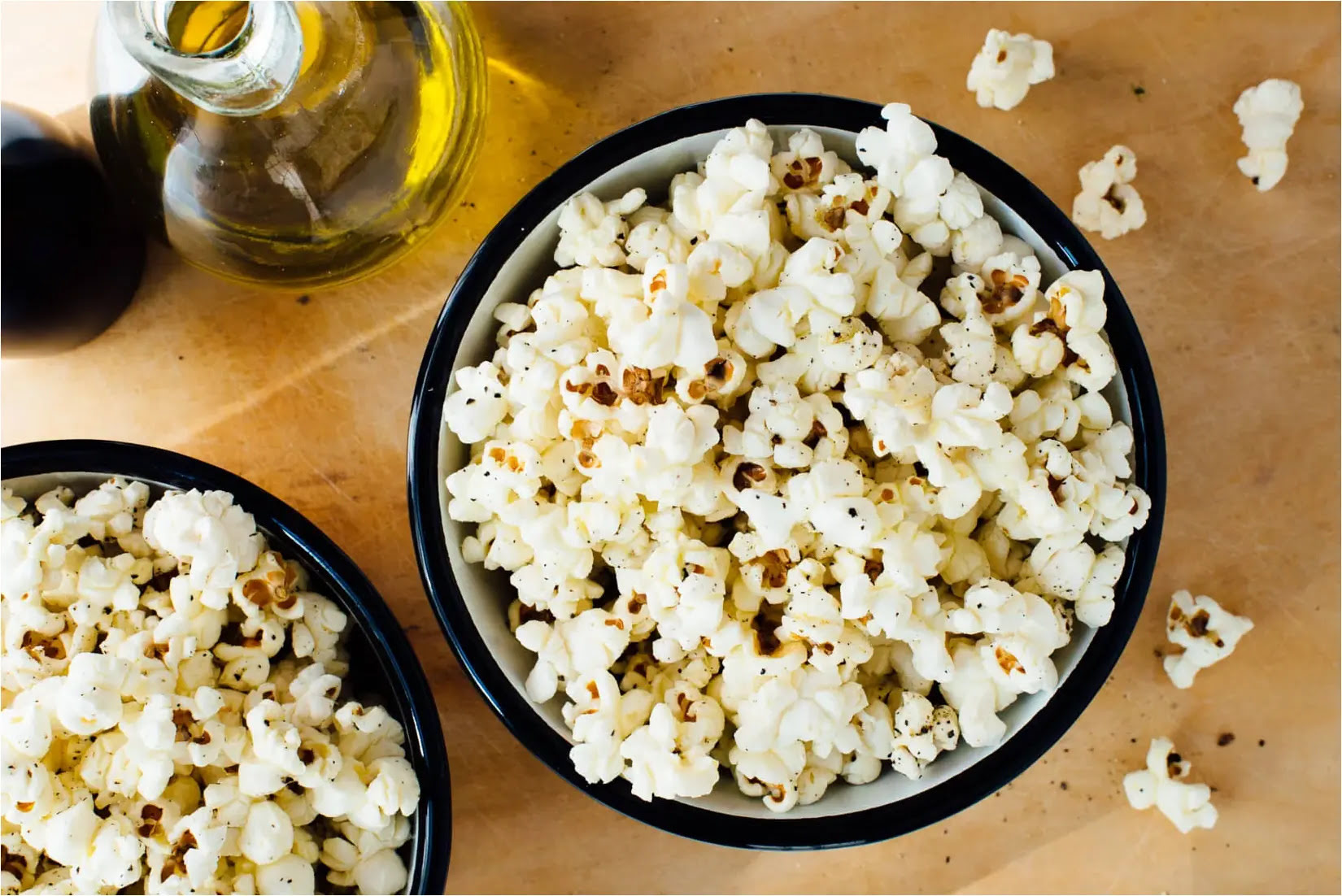
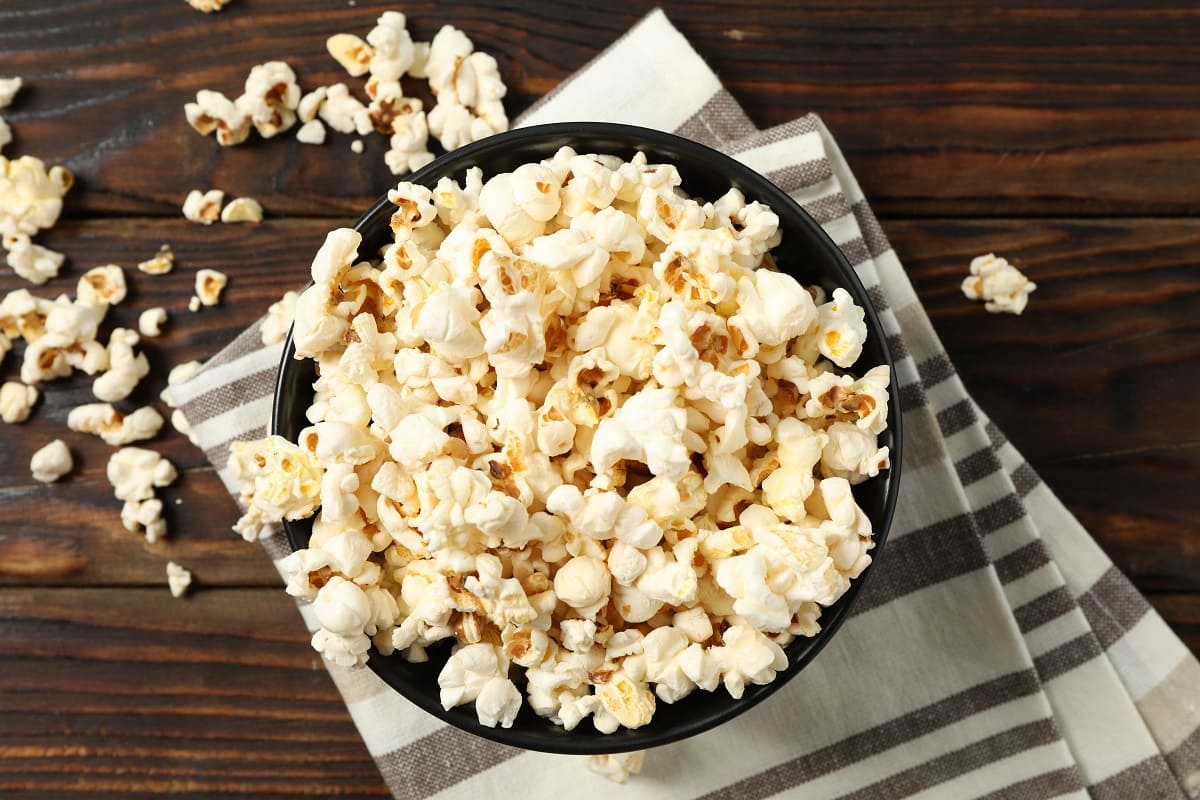
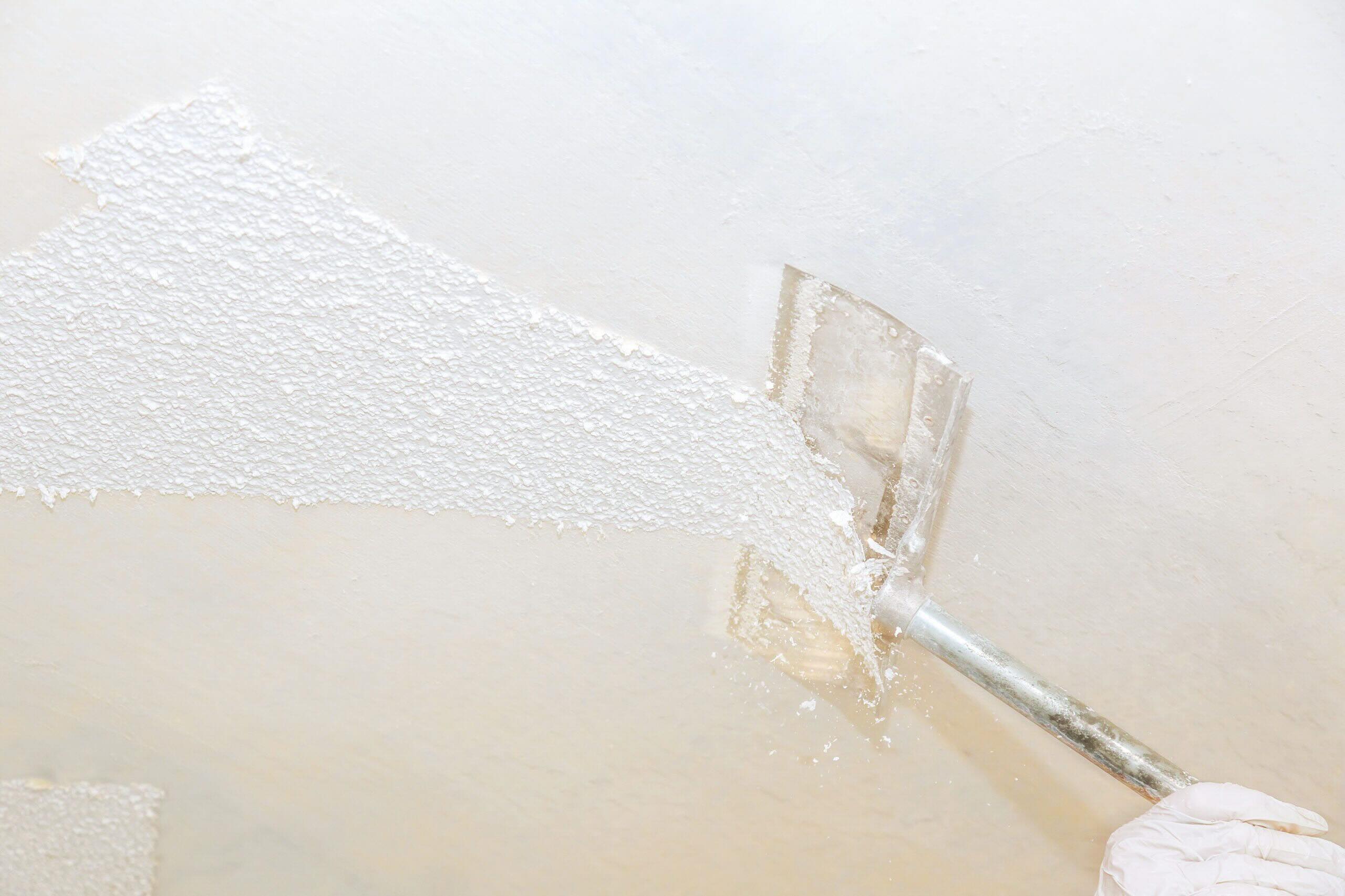

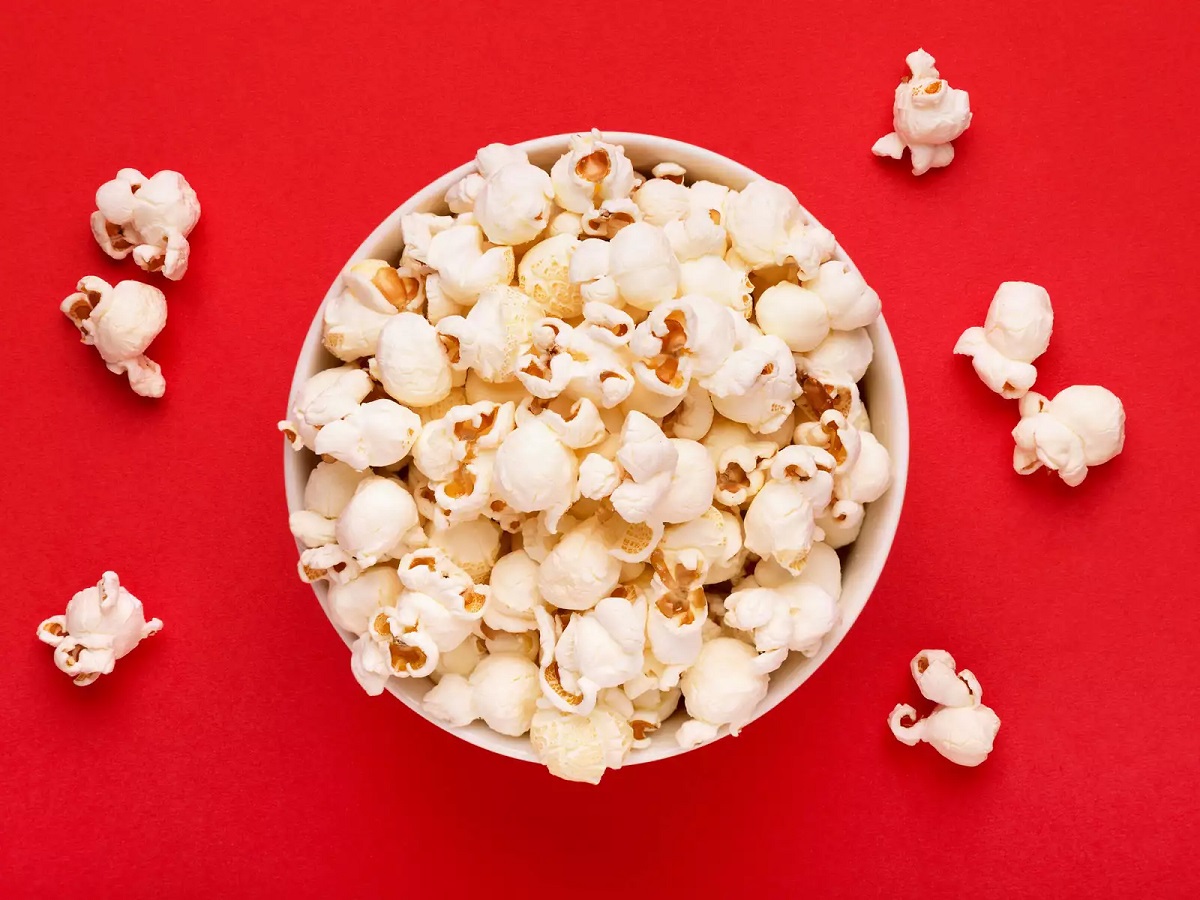
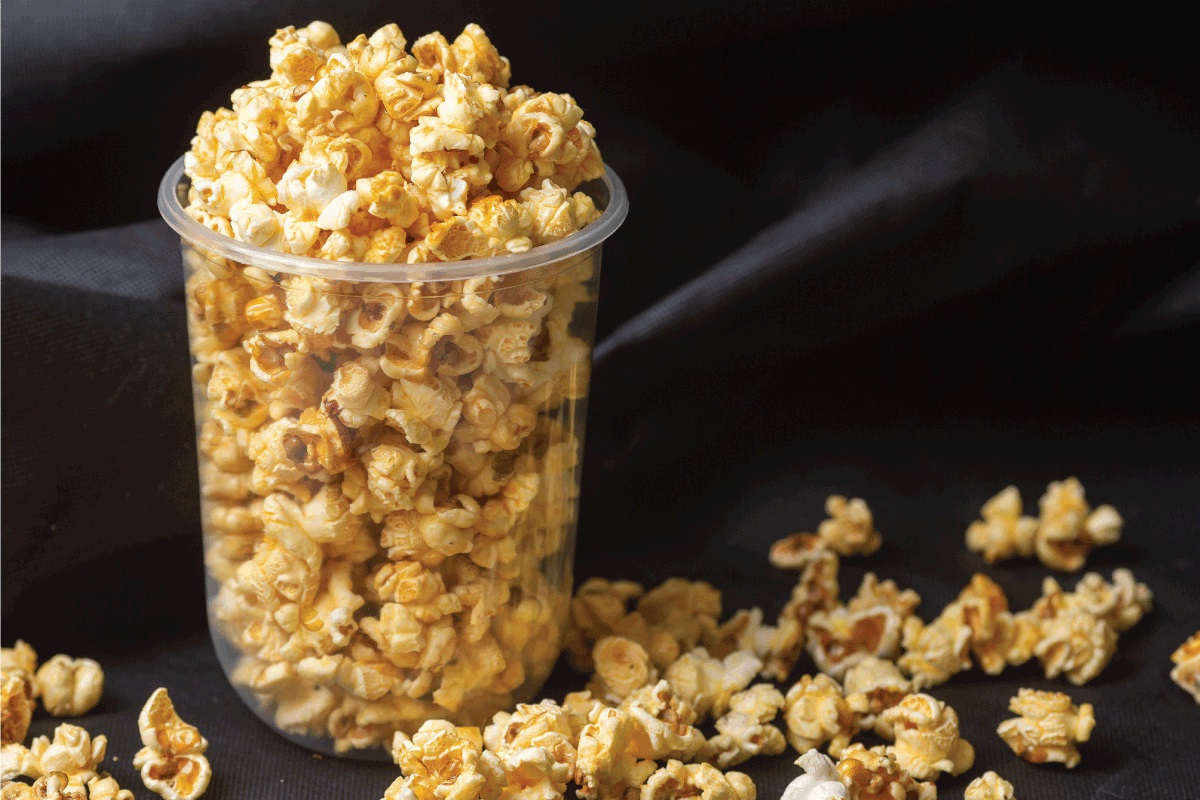

0 thoughts on “How Are Popcorn Seeds Made”